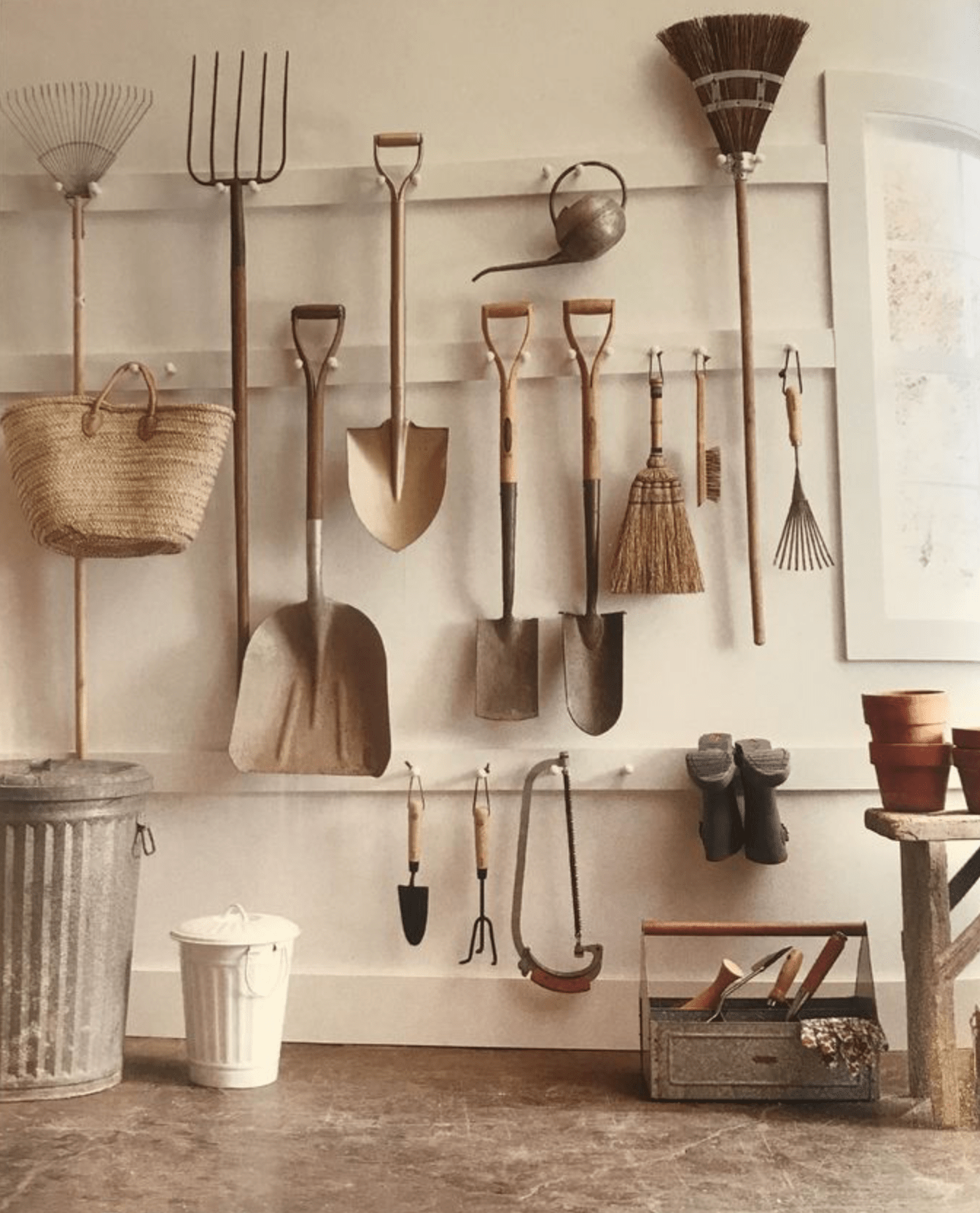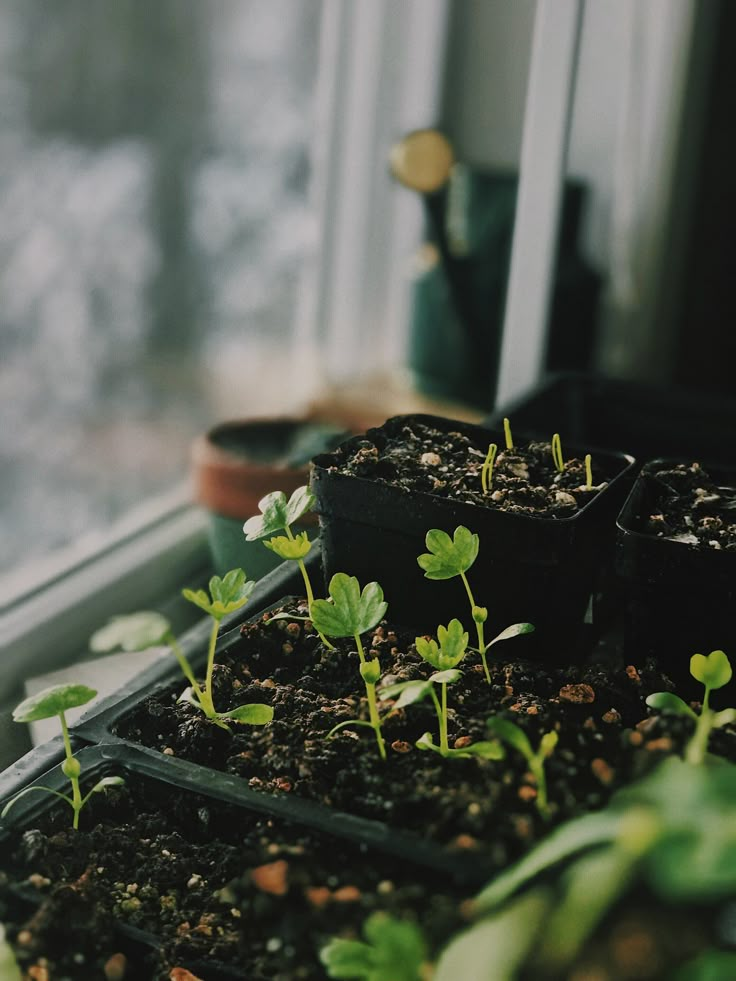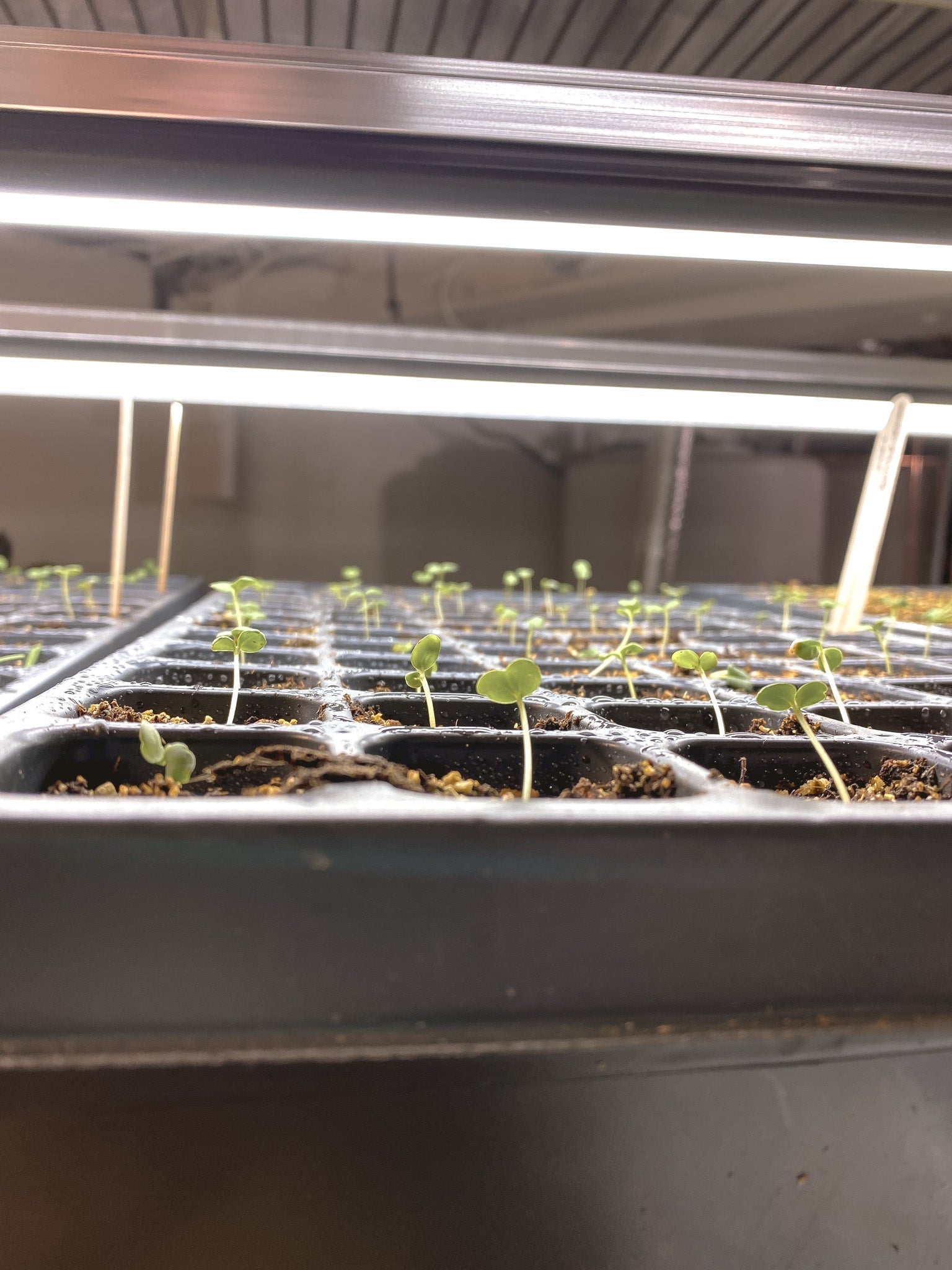Ophelia Farms Co.
February 2025
Succession Planting: The Secret to a Blooming and Bountiful Garden All Season Long
If you’ve ever found yourself wishing your garden stayed vibrant and productive all season long, it’s time to discover the magic of succession planting.
This simple gardening technique can transform your flower beds and vegetable patches, ensuring you always have something blooming, growing, and ready to harvest.
At Ophelia Farm Co, succession planting is one of our favorite ways to make the most of our short growing season here in Zone 3.
Let’s dive into what it is, why it matters, and how to get started!

What is Succession Planting?
Succession planting is the art of staggering your plantings over time rather than planting everything all at once.
This approach helps extend the bloom or harvest window, keeping your garden productive and beautiful for months.
For example:
Flowers:
Sowing seeds like delphiniums, snapdragons, or zinnias at intervals ensures you always have fresh blooms for bouquets.
Vegetables:
Planting crops like lettuce or beans every few weeks means you’ll enjoy steady harvests instead of having everything ready at once.


Why Succession Planting is a Game-Changer
1. Continuous Blooms and Harvests
Rather than having all your flowers or vegetables peak at the same time, succession planting ensures a steady supply.
Your garden stays lush, colorful, and productive throughout the season.
2. Maximizes a Short Growing Season
For gardeners in colder climates like Zone 3, time is precious.
Succession planting helps you make the most of the weeks you have, keeping your garden productive from frost to frost.
3. Reduces Overwhelm
Instead of being swamped with blooms or veggies all at once, you’ll have manageable amounts to enjoy, share, or preserve.
4. Fuller Garden Displays
As one wave of flowers fades, another is ready to take its place, keeping your garden vibrant and inviting.

How to Start Succession Planting
1. Plan Your Garden
Start by identifying the plants you want to grow and their ideal planting times.
Create a schedule for sowing seeds or transplanting seedlings every 2–3 weeks.
2. Know Your Crops
Some flowers and vegetables are better suited for succession planting than others. Here are a few great options:
Flowers:
Snapdragons, zinnias, cosmos, delphiniums, sunflowers.
Vegetables:
Lettuce, radishes, beans, carrots, and peas.
3. Use Your Space Wisely
As one crop finishes, clear the space and plant something new.
This keeps your garden beds productive and prevents empty spots.
4. Keep Notes
Track your planting dates, bloom or harvest times, and results.
This will help you refine your approach year after year.


How to Start Succession Planting
Start Indoors:
For flowers like delphiniums or snapdragons, sow seeds indoors in succession and transplant them outside as the season progresses.
Mix it Up:
Plant different varieties with staggered maturity dates to keep things interesting and ensure a continuous display.
Plan for Frost:
In Zone 3, keep an eye on frost dates and plan your last succession sowings accordingly.
Don’t Forget Fertility:
Successive plantings can deplete soil nutrients, so amend your garden beds with compost or organic fertilizer between plantings.

A Season Full of Beauty and Bounty
Succession planting is a game-changer for gardeners looking to maximize their blooms and harvests.
Whether you’re growing a cutting garden full of fresh bouquets or a veggie patch for summer meals, this technique ensures you’ll enjoy the fruits (and flowers) of your labor all season long.
Ready to give it a try?
Follow us on Instagram for real-time updates on our own succession planting experiments, and let us know how it works in your garden!
Happy gardening
Christa
People Also Read
Have Any Questions?
We are here to answer all of your queries








